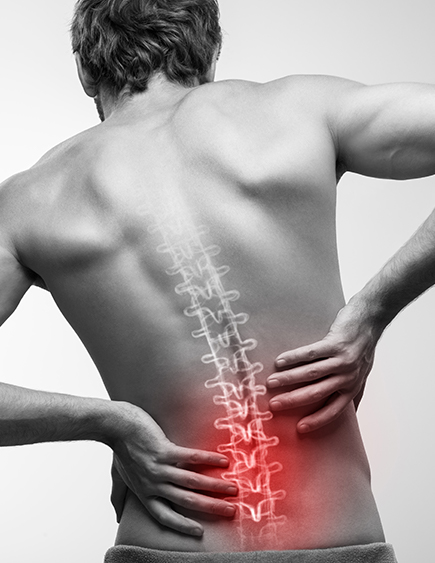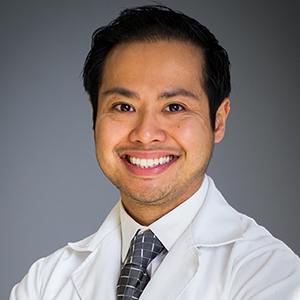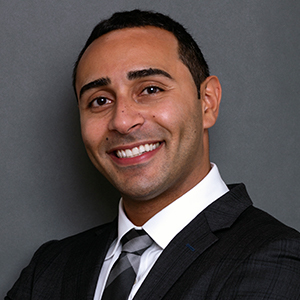Pain Doctors Near Me – Select Specialists for Herniated Disc and other Spinal Discs Issues
These joints are detached from the spinal discs and they stop the vertebrae from twisting or bending too much. Otherwise, the contents of the spinal column- spinal cord and nerves– could get hurt. While discs are built to absorb shock and stop friction between the vertebrae, they do succumb to aging. When we are young, discs look like gel-filled sacs and as we age their soft insides begin to solidify. By the time we reach middle age, our intervertebral discs are tough and quite inflexible. Due to these changes, the outer lining that protects the discs becomes weaker and more inclined to injury. That’s when spinal issues such as a herniated disc (protruding, ruptured or bulging disc) arise.

What is a herniated disc?
This is a disc whose inner substance has swollen and pushed through the tough outer lining. This kind of thing happens when a disc is under pressure or stress. Due to trauma, the entire or part of the disc’s core components may bulge and protrude via the outer membrane at the weakest spot. In the process, the herniated disc could compress your spinal nerves, triggering a lot of back pain. If the same disc is put through extra stress, its outer membrane could develop a tear or rupture, causing its material to protrude further.
The extra pressure placed on the spinal cord and/or nerves then shifts to other areas of the body in the form of painful spasms. These areas are your neck, any area of your back, legs or arms. According to pain doctors near me, the lumber spine region is more prone to spinal discs injuries. Another point to note is that herniated discs do not always press on nerve roots. Hence, it is possible to have deformed discs that do not trigger pain. If you are a man or woman between ages thirty to fifty years, chances are that your back pain is as a result of a herniated disc. However, people who are actively involved in moderate exercises on a regular basis have a lower risk of encountering this spinal problem.
Why do people develop a herniated disc problem?
While a severe injury to the spinal disc can damage it, the usual aging process tends to be the most prevalent cause. Besides aging, making wrong twists when playing a sport, lifting heavy loads unsafely, stretching excessively or falling accidents can lead to disc damage. Once its outer fibrous lining is ruptured or distorted too much that its inner materials protrude and press on a nerve, a lot of pain can be felt. Back pain doctors also point out that discs can bulge, tear and/or degenerate without a clear cause. The best way to know if you have a problematic inter-vertebral disc is to look for the best pain specialist in your area and get properly evaluated.

When a herniated disc is in your lumbar spine
As pointed out earlier, most spinal disc issues affect the lumbar spine area (lower back area) and back pain doctors are so familiar with them. Only about 10 percent issues are noted on the upper back area. When there is a protruding disc in your lumbar spine, there will also be pain that radiates to your legs. That’s because a bulging disc in the lower back mostly presses on the sciatica nerve. This nerve begins in the lower back and travels via either buttock, back of thighs and all the way to the lower leg. While a herniated disc can cause a lot of pain, it can be treated without surgery in a matter of weeks or months.
A disc in your lower back will start to herniate when its jelly-like nucleus pushes against the outer lining because of an abrupt injury or changes due to aging. At this point, lower back pain can be felt. And if pressure persists, the disc’s nucleus may protrude further and push right through the outer lining or ring. This will make the ring bulge and compress adjacent spinal cord and nerve roots. In the process, the disc material will produce a chemical that will irritate and inflame the spinal nerves. As soon as this happens, symptoms such as pain, weakness and numbness are likely to be experienced in legs–sciatica. At this point, ensure that you call one of the most reputable back pain doctors in your area.
Who is at risk of having a ruptured disc in their lumbar spine?
- A male between 20 and 50 years due to the sort of work he has to do to survive.
- Those who lift heavy objects using their back muscles rather than their legs.
- Those who are overweight because their weight puts their lumbar spine discs under constant strain.
- People who do repetitive physical activities that strain their spine: lifting, bending, twisting and pulling. These people need to lift safely and be careful when doing some body movements.
- Those who smoke are likely to encounter low oxygen supply to the discs. This can gradually lead to rapid disc degeneration.
- Men and women who don’t exercise often are likely to experience certain medical problems, including a herniated disc.
- Those who drive spend several hours sitting down. This, accompanied by the vehicle engine’s vibrations, can add pressure to spinal discs and other spinal components.
What signs should pain doctors near me know about?
If you have a lumbar spine herniated disc, the first sign will be pain in the area. This can be persistent pain that continues for numerous days prior to improving. As well as pain, there can be:
· Sciatica nerve pain – This pain is usually sharp and shooting. It tends to affect the buttock and the rears of thighs. Generally, pain shifts from the buttock to one leg due to pressure exerted on this spinal nerve. It is important to have one of the best back pain doctors examine your problem.
· Loss of bowel control or bladder control – If you experience this, it may suggest that you have cauda equine syndrome. It results when the spinal nerve roots are pressed by a disc and require quick medical attention from the top pain doctors near me.
· Numbness, tingling and weakness – This can be felt in legs or feet and can indicate presence of ruptured discs.
How qualified back pain doctors do medical examination
There will be a physical exam done to determine the true cause of your back pain. This is a comprehensive test that entails the following:
· Straight leg raise test – The SLR test tends to be extremely accurate when it comes to the prediction of disc herniation in those under 35 years of age. One of the most competent back pain doctors will ask you to lie on your back and then he or she will carefully raise the painful leg. As this happens, the knee must stay straight. In case pain is felt down this leg and beneath your knee, then chances are high that you have a ruptured disc.
· Neurological exam – This is done to assist the pain doctors near me determine whether one has muscle weakness and/or loss of sensation. When this exam is being done, the doctor shall examine your muscle strength in the lower leg. He or she will ask you to walk and assess how you do it on both heels and toes. Next, he or she will try to detect loss of sensation via a soft touch on the leg and foot. Finally, the doctor tests your reflexes at your ankle and knee. If there is a compressed spinal nerve root, these reflexes will not exist.
· Magnetic Resonance Imaging (MRI) – This scan produces really clear pictures of soft body tissues like intervertebral discs. This test is always carried out when back pain doctors want to confirm a diagnosis, mostly to see the affected spinal nerves. Sometimes a CT myelogram or Computerized Tomography can be ordered.
Herniated disc non-surgical treatment options
Most victims of protruding lower back discs may recover over a period of several weeks. In fact, some of them will be totally pain-free in about four months. A few people may notice episodes of back pain during the recovery period, however. Generally, back pain doctors recommend non-surgical options first. These provide pain relief without the cut and mostly include:
- A back doctor can ask you to stay in bed for twenty-four to forty-eight hours. This is to see whether you would recover from a bad back and painful legs. All the same, you must know that excessive bed rest is harmful to your back health. Instead of feeling better, your pain will worsen. So, rest for the period that a back surgeon recommends.
- Avoid strenuous activities – As soon as you resume normal activities, don’t do anything that will strain your vulnerable back. At the same time, rest severally all through the day while avoiding sitting down for too long. Work in a slow controlled pace, particularly when lifting things or bending forward. Finally, avoid regular activities that could hurt your herniated disc in the lower back.
- Use pain killers (NSAIDs) – Non-steroidal anti-inflammatory medications like ibuprofen and naproxen are so useful when you are suffering from back pain triggered by a bulging disc.
- Epidural steroid injections – These involve a steroid-like drug that is injected into the gap around the affected nerve. Once given, this injection can reduce inflammation and pain for a few months.
- Physical therapy – The best back pain doctors at your preferred clinic know great physical therapists that they can recommend to you. One of these professionals can help you with exercises that could strengthen your abdominal and lumbar spine muscles.
Book a Consultation
Scheduling a consultation with one of our pain treatment specialists is one of the best ways to determine the proper solution for pain relief.



















